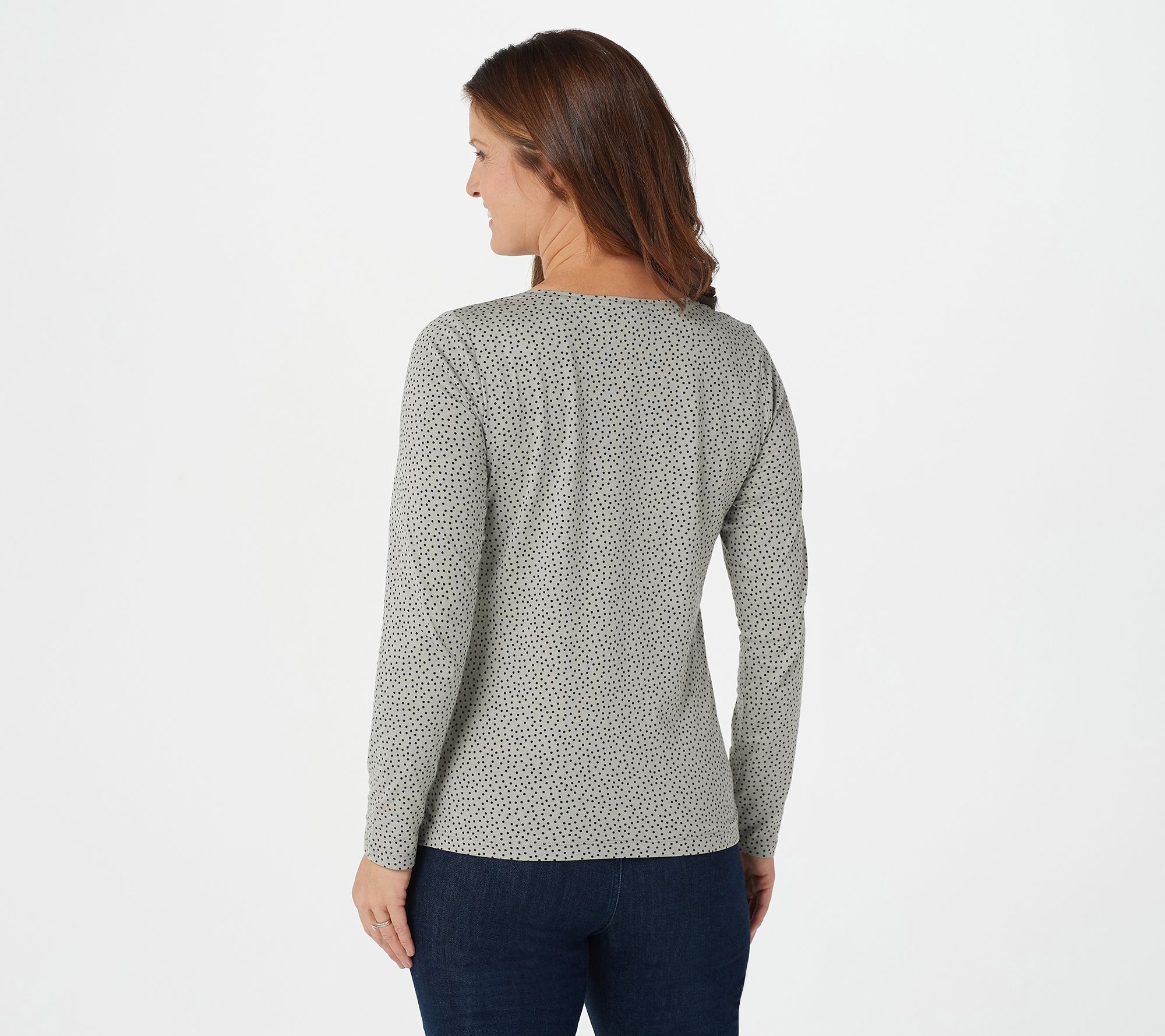
“`html
Floral Muses: Explore The Captivating Realm Of Paintings Depicting Women Adorned By Flowers
🌺 Embark on a captivating journey into the enchanting world of paintings that celebrate the harmonious fusion of women and flowers.
🌺 These exquisite masterpieces transcend mere aesthetics, inviting us to delve into a realm where nature’s vibrant hues and feminine grace intertwine.
🌺 Let us explore the captivating allure of “Floral Muses,” where blooms become adornments, and women embody the essence of nature’s beauty.
The Enduring Legacy Of Floral Muses
In the annals of art history, the depiction of women adorned by flowers has been a recurring theme.
🌺 From the Renaissance era to the present day, artists have been captivated by the interplay between human beauty and floral splendor.
🌺 These paintings are not merely representations of women; they are testaments to the power of nature, the allure of femininity, and the enduring connection between the two.
Unveiling The Symbolism Of Floral Muses
The Language Of Flowers In Art
In many cultures, flowers have been imbued with symbolic meanings.
🌺 In the context of Floral Muses, these meanings are expressed through the specific types of flowers depicted.
🌺 For example, roses often represent love and beauty, while lilies symbolize purity and innocence. By understanding the language of flowers, we can gain deeper insights into the messages conveyed by these paintings.
Women As Embodiments Of Nature
Floral Muses often portray women as connected to nature.
🌺 The flowers adorning them are not just decorative elements; they are extensions of their being, symbolizing their harmony with the natural world.
🌺 Through these paintings, artists celebrate the feminine as a force of life and growth, intimately intertwined with the cycles of nature.
An Allegory Of Fertility And Renewal
Many Floral Muses depict young women adorned with flowers.
🌺 This symbolism suggests a connection to fertility and the promise of new life.
🌺 Flowers, with their vibrant colors and delicate forms, represent the beauty and potential of youth, while the women they adorn embody the hope and promise of future generations.
Advantages And Disadvantages Of Floral Muses
### Advantages
Artistic Legacy
Floral Muses have played a significant role in art history, spanning centuries and cultures. 🌺 This rich legacy adds depth and context to contemporary interpretations of the theme.
Emotional Resonance
The beauty and symbolism of Floral Muses evoke a wide range of emotions in viewers. 🌺 They inspire awe, joy, and a sense of connection to nature and femininity.
Educational Value
Floral Muses can serve as educational tools, teaching viewers about different types of flowers, their cultural meanings, and the role of women in art history. 🌺
### Disadvantages
Potential Stereotypes
Some Floral Muses may perpetuate stereotypes of women as passive and decorative. 🌺 This can be problematic if not addressed through thoughtful curation and interpretation.
Historical Context
Floral Muses should be considered within their historical context. 🌺 Some older paintings may reflect outdated gender roles and societal norms.
Overused Motif
Floral Muses can be a popular motif, which may lead to a sense of oversaturation. 🌺 Artists must approach the theme with originality and fresh perspectives.
Floral Muses In Contemporary Art
Breaking Boundaries
Contemporary artists are pushing the boundaries of Floral Muses by challenging traditional representations. 🌺 They explore diverse perspectives, gender fluidity, and the intersectionality of women’s experiences.
New Mediums And Techniques
Floral Muses are being reimagined in new mediums and with innovative techniques. 🌺 Digital art, photography, and mixed media are expanding the possibilities of expression.
Social Commentary
Some Floral Muses are used as vehicles for social commentary. 🌺 Artists address issues such as environmentalism, gender equality, and cultural identity through their floral masterpieces.
Essential Information About Floral Muses
| Aspect | Details |
|---|---|
| Cultural Significance | Floral Muses have been depicted in art across cultures and time periods, symbolizing femininity, nature, and beauty. |
| Artistic Techniques | Painters utilize various techniques to create Floral Muses, including oil on canvas, watercolor, and digital art. |
| Famous Examples | Notable Floral Muses include “Flora” by Titian, “The Flower Girl” by Raphael, and “Spring Bathers” by Pierre-Auguste Renoir. |
| Thematic Variations | Floral Muses encompass a wide range of themes, including fertility, youth, nature, and even social commentary. |
| Contemporary Interpretations | Contemporary artists continue to explore and reimagine Floral Muses, using new mediums and challenging traditional representations. |
FAQs
-
What is the difference between a Floral Muse and a flower painting?
A Floral Muse depicts a woman adorned by flowers, while a flower painting focuses solely on the flowers themselves.
-
Why are flowers often used in art?
Flowers symbolize various emotions, ideas, and cultural meanings, making them a powerful artistic tool.
-
What are some of the most famous Floral Muses?
Famous Floral Muses include “Flora” by Titian, “The Flower Girl” by Raphael, and “Primavera” by Botticelli.
-
How have Floral Muses evolved over time?
Floral Muses have evolved from traditional representations to contemporary interpretations that challenge boundaries and engage with social issues.
-
What are the different ways artists use flowers in Floral Muses?
Artists use flowers to symbolize emotions, create allegories, and convey cultural meanings.
-
What are some of the challenges faced by artists when creating Floral Muses?
Challenges include avoiding stereotypes, considering historical context, and ensuring originality.
-
How can Floral Muses be used to educate viewers?
Floral Muses can teach viewers about flower symbolism, art history, and women’s roles in different cultures.
-
How can I create my own Floral Muse?
You can explore different flower meanings, experiment with various mediums, and focus on capturing the harmonious connection between women and nature.